What is Hashimoto’s Syndrome? Hashimoto’s Syndrome (also known as Hashimoto’s thyroiditis, chronic lymphocytic thyroiditis, or chronic autoimmune thyroiditis) is one of the most common disorders affecting thyroid function. It is an autoimmune disorder which occurs when the immune system attacks the thyroid gland, causing reduced hormone production (hypothyroidism). Although the condition may result in serious...
011/3393000
011/3392000
060/3392004
Gundulićev venac 5, Beograd

















 Neparno 10
Neparno 10